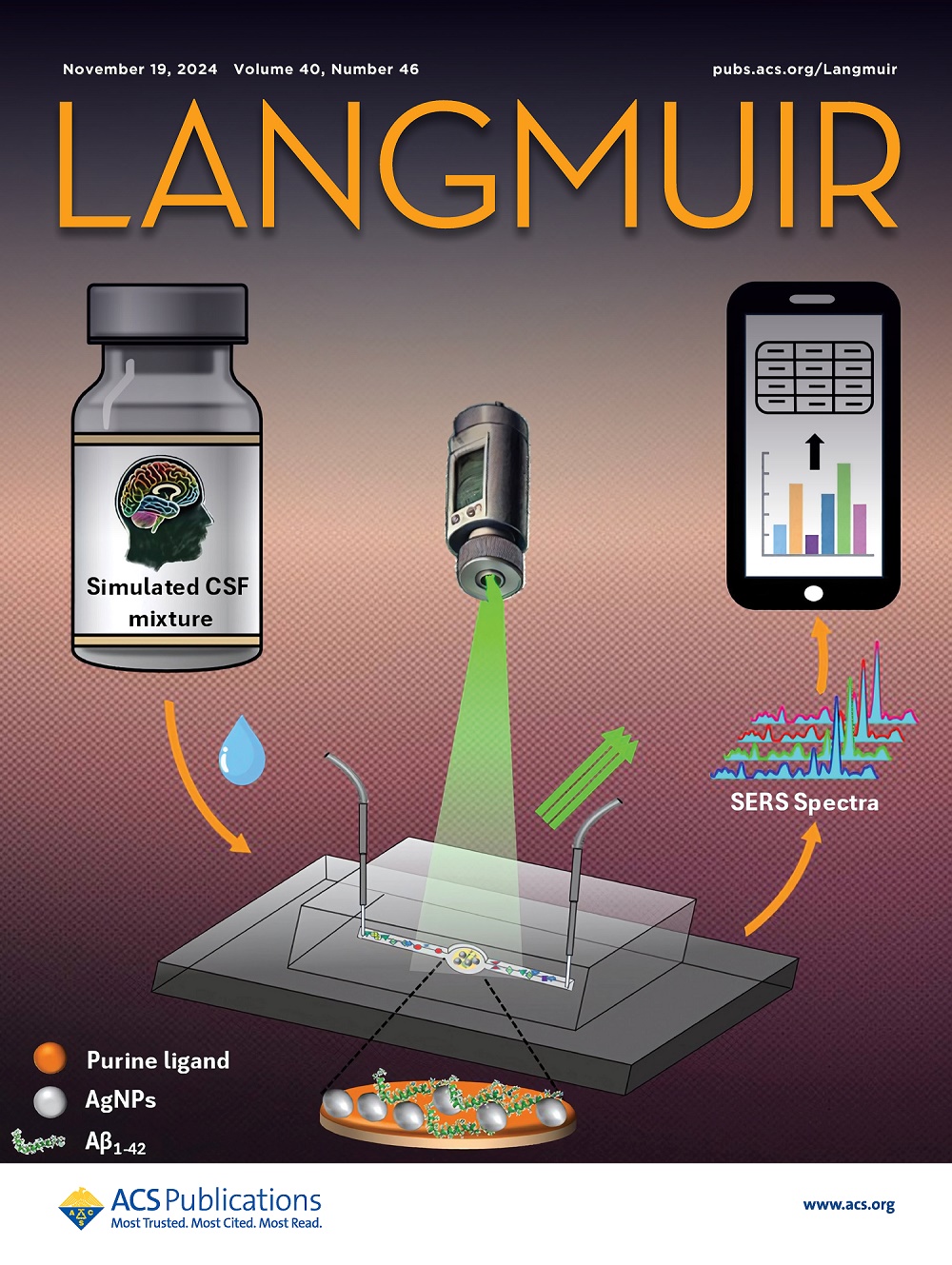缺陷NH2-MIL-88B活化硫酸盐自由基光催化降解有机污染物
IF 3.7
2区 化学
Q2 CHEMISTRY, MULTIDISCIPLINARY
引用次数: 0
摘要
由于光催化在光照射下能够产生活性自由基,因此已被认为是一种可行的废水污染物降解技术。其中,硫酸盐自由基(SO4·−)因其较强的氧化性而备受关注;然而,具体的作用机制至今仍难以捉摸。在本研究中,在酒石酸钾钠的存在下,通过简单的水热法制备了缺陷NH2-MIL-88B (DNMB),发现在可见光照射下,由于添加的酒石酸盐使NMB骨架中的Fe3+部分还原为Fe2+,从而丰富了Fe3+/Fe2+氧化还原对,以及超氧自由基和羟基自由基等其他活性物质,DNMB可以促进硫酸盐阴离子产生硫酸盐自由基。与原始NMB相比,有效提高了对多种有机污染物的降解效率,包括四环素(TC)、磺胺甲恶唑(SMX)、左氧氟沙星(LEV)等抗生素,以及双酚a (BPA)、罗丹明B (RhB)等常见有机污染物。其中,经过40 min的可见光照射后,TC的降解率从61.5%增加到92.1%,SMX从76.1%增加到89.4%,LEV从60.5%增加到75.2%,BPA从61.7%增加到91.2%,RhB从78.4%增加到94.8%。在淬火实验和电子自旋共振测量中证实了其主要活性物质为硫酸盐自由基,空穴、超氧自由基和羟基自由基的贡献较小,理论研究也进一步证实了这一点。然后根据福井指数计算和液相色谱-质谱分析的结果提出了各种污染物的降解途径。这些结果强调了结构工程在推动绿色和可持续环境工程技术进步方面的关键作用。本文章由计算机程序翻译,如有差异,请以英文原文为准。

Photocatalytic Degradation of Organic Pollutants by Sulfate Radicals Activated by Defective NH2-MIL-88B
Photocatalysis has been recognized as a viable technology for pollutant degradation in wastewater, owing to its ability to generate reactive radicals under photoirradiation. Among these, sulfate radicals have been attracting significant attention due to their strong oxidizing properties; yet the specific mechanism of action has remained elusive thus far. In this study, defective NH2-MIL-88B (DNMB) is prepared via a facile hydrothermal procedure in the presence of potassium sodium tartrate and found to facilitate the production of sulfate radicals from sulfate anions under visible light irradiation, due to partial reduction of Fe3+ to Fe2+ in the NMB skeleton by the added tartrate that enriches the Fe3+/Fe2+ redox couples, in addition to other reactive species like superoxide radicals and hydroxy radicals. This effectively improves the degradation efficiency toward a variety of organic pollutants, including antibiotics such as tetracycline (TC), sulfamethoxazole (SMX), and levofloxacin (LEV), as well as common organic contaminants like bisphenol A (BPA) and rhodamine B (RhB), as compared to pristine NMB. Specifically, after 40 minutes of visible light irradiation, the degradation rate increases from 61.5% to 92.1% for TC, from 76.1% to 89.4% for SMX, from 60.5% to 75.2% for LEV, from 61.7% to 91.2% for BPA, and from 78.4% to 94.8% for RhB. The primary active species are identified to be sulfate radicals, with minor contributions from holes, superoxide radicals, and hydroxyl radicals, as demonstrated in quenching experiments and electron spin resonance measurements, and further confirmed by theoretical studies. Degradation pathways for the various pollutants are then proposed based on results from Fukui index calculations and liquid chromatography–mass spectrometry analysis. These results underscore the crucial role of structural engineering in driving the advancement of green and sustainable technologies for environmental engineering.
求助全文
通过发布文献求助,成功后即可免费获取论文全文。
去求助
来源期刊

Langmuir
化学-材料科学:综合
CiteScore
6.50
自引率
10.30%
发文量
1464
审稿时长
2.1 months
期刊介绍:
Langmuir is an interdisciplinary journal publishing articles in the following subject categories:
Colloids: surfactants and self-assembly, dispersions, emulsions, foams
Interfaces: adsorption, reactions, films, forces
Biological Interfaces: biocolloids, biomolecular and biomimetic materials
Materials: nano- and mesostructured materials, polymers, gels, liquid crystals
Electrochemistry: interfacial charge transfer, charge transport, electrocatalysis, electrokinetic phenomena, bioelectrochemistry
Devices and Applications: sensors, fluidics, patterning, catalysis, photonic crystals
However, when high-impact, original work is submitted that does not fit within the above categories, decisions to accept or decline such papers will be based on one criteria: What Would Irving Do?
Langmuir ranks #2 in citations out of 136 journals in the category of Physical Chemistry with 113,157 total citations. The journal received an Impact Factor of 4.384*.
This journal is also indexed in the categories of Materials Science (ranked #1) and Multidisciplinary Chemistry (ranked #5).
 求助内容:
求助内容: 应助结果提醒方式:
应助结果提醒方式:


